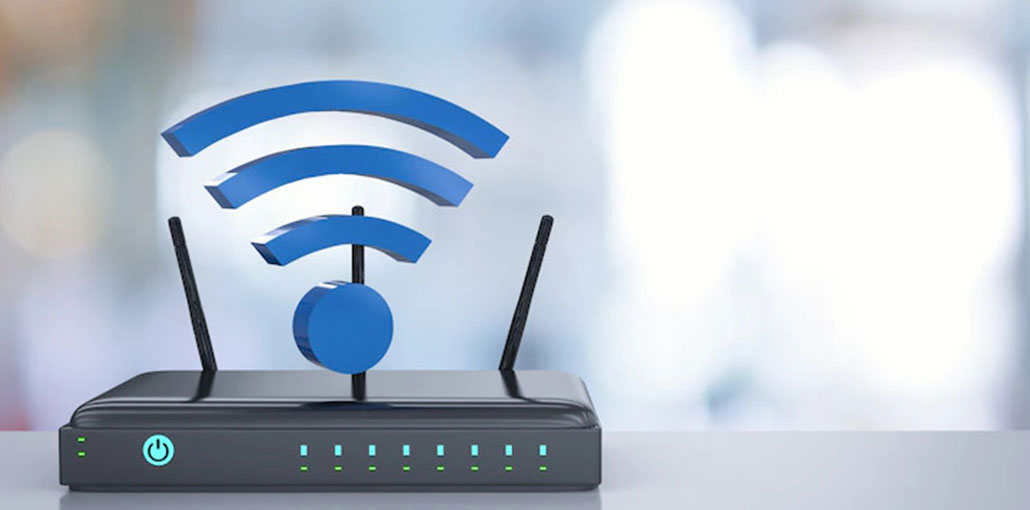In recent years, more and more people have started working from home. Some people have even launched successful careers as freelancers. This is particularly true for writers, social media managers, and data entry specialists. As a result, many individuals had to include a fully-fledged office space in their homes. A key aspect essential for working from home is a stable and secure Wi-Fi network.
We live in a digital world where an internet connection is the norm in any home. However, hacking and cyberattacks have become more and more common. This can pose a danger as information about your identity, bank account, and other private information can be exposed when hacked. Therefore, ensuring that you aren’t hacked is vital. This article will highlight a few methods you can adopt to secure and protect your home Wi-Fi network.
1. Understand the Intricacies of Your Home Network
Before trying to secure your home Wi-Fi network, you should first understand what type of network you have. This is generally done when you are choosing an internet provider. At this stage, you should compare broadband companies based on your needs. Some of these should include the internet speed, type of connection, the availability of the connection at your location, and network security. There are several different software, such as CompareBear, that you can use to compare internet providers nz.
2. Setting Up Your Wi-Fi Router
Once you have chosen an internet provider and signed a contract, you must set up your Wi-Fi router. When you buy a router, it comes with a default name and password. In most cases, these include the brand name and model. The first step in securing your internet connection is to change the router’s name and password. The router’s name is the SSID or service set identifier. It will be best to change this name to something more personal.
Also read: How To Improve The Security Of Your Home Internet Connection?
Aside from the router name, you will need to reset the password. This password should be complex so your connection can’t be hacked easily. When resetting your password, consider the following:
- The password should be 8-16 characters long.
- The password should include a mix of uppercase, lowercase, numbers, and special characters.
- Avoid using personal information such as your name, birthday, or anniversary dates.
- Use a password checker to test the strength of your password.
Although your password should be complex, it should be easy for you to remember. An example of a strong password is to use “875*M1nY00n91” instead of “BTS*MinYoongi.”
3. Don’t Share Your Wi-Fi Login Details
One of the easiest ways to prevent your internet connection from being hacked is by not giving guests and visitors access. By providing a large number of people access to your Wi-Fi, you are increasing the risk of being hacked and exposing your personal information.
4. Use a Firewall
Using an encrypted firewall will decrease the risk of being hacked. A firewall is a part of your network security system and is generally pre-installed onto your router. The firewall will act as a barricade between trusted and untrusted network users.
Generally, the firewall on your router will be turned off. To activate the firewall, log in to your router’s settings and find the option for the firewall. In most cases, you can see this under the advanced settings.
5. Encrypt Your Wi-Fi Connection
Most routers today have an encryption feature. This feature will scramble the data sent through your internet connection. Like the firewall, you need to turn on the encryption feature on your router. Ideally, you should use WPA, WPA2, or WPA3. This can be found in the wireless network configuration or security options in your router’s settings.
Also read: 6 Ways to Increase Slow Wi-Fi Speed
6. Keep Your Software Updated
Despite the reliability of your internet provider, there will be times when you will experience internet outages. During this time, you are most vulnerable to hacking and cyberattacks. One method to prevent this is to ensure that your software is always updated. This software refers to anti-virus software, firewalls, and VPNs. It will be best if you check that all of your software is updated at least once a week. Alternatively, you can choose to update your software as updates become available.
Six Ways to Protect Your Home Wi-Fi Connection
When working from home, there are various aspects to consider. The security of your internet connection should be the most important. Being hacked is linked to many difficulties, as you can lose your passwords, banking details, and credit information. This article has six easy methods that you can use to ensure that your Wi-Fi connection is safe, secure, and stable.










Leave a comment